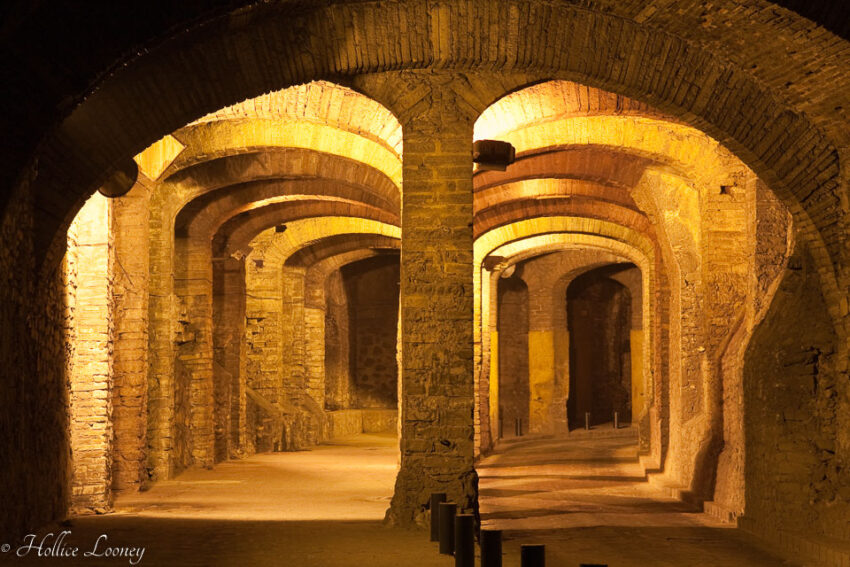We arrive in Guanajuato, Mexico on Federal highway 110 at night under heavy rain. Despite road fatigue and disorientation at the town’s driving challenges – a maze of ever winding streets that take a quick dive underground and resurface – we embrace our destination right away. In fact, it feels like we’ve arrived in Europe. Make that Italy. Correction: Venice.
Canals are to Venice as tunnels are to Guanajuato. Both have been shaped by water. It’s known that water is an essential part of the uniqueness that defines Venice. Water provides mobility for the city’s legions of gondolas. Water was there first; the city was build upon it.
Guanajuato at was also prone to flooding. The water came from a river that ran through the center of town. However tunnels were dug to divert the water and keep the city dry when the river swelled. After a dam was built to control the flooding, the network of tunnels was repurposed. Now, the tunnels are an essential part of the uniqueness that defines Guanajuato.
By daylight, we consider how Guanajuato and Venice share the characteristic of narrow streets shoehorned between rows of tall, colorfully plastered buildings. Both cities are stunning UNESCO World Heritage Sites whose charm is best discovered on foot. Venice is home to the annual Biennale, while Guanajuato presents the Festival Internacional Cervantino each year. Both celebrations promote cultural tourism.
In Guanajuato we’re captivated by a cityscape bursting with hotels, restaurants, bars, cafés, markets, shops, and plazas reflecting a vibrant patchwork of architectural styles. There’s a distinctive, unfussy hum in this smallish town of 160,000 residents; one might compare it to the ease of Venice and its 270,000 inhabitants.
But our thoughts don’t stray from the influence of water, a feature that resembles Venice and make both worthy of visiting.
